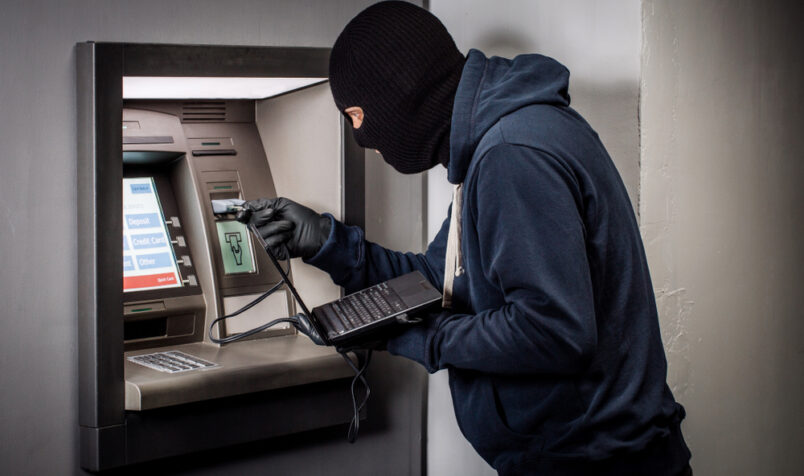
Protect Yourself from Card Skimmers: What You Need to Know
As digital technology evolves, so do the tactics used by cybercriminals. One such tactic becoming even more prevalent is card skimming, a method used to seal sensitive information from credit & debit cards. Card skimmers are devices that are attached to legitimate card readers, capturing data from the magnetic strip or chip. These devices can be placed in ATMs, gas stations, or any point-of-sale system. Here’s what you need to know about card skimmers.
What Are Card Skimmers?
Card skimmers are devices designed to collect data from your card when you use a machine to conduct transactions. They can be very small and inconspicuous, making them hard to detect. Skimmers can be installed over an ATM’s card slot, on a gas station pump, or even on point-of-sale devices in retail locations. Some skimmers also include hidden cameras to capture PINs as they’re entered on keypads.
How Do Card Skimmers Work?
Card skimmers work by intercepting the data from your card’s magnetic strip or chip as it is read by the machine. Once this data is captured, criminals can create cloned cards or use the information to conduct fraudulent transactions. Cameras are used to capture your PIN.
How to Identify a Card Skimmer
Identifying card skimmers can be challenging, but there are a few signs to watch out for:
- Physical Appearance: if a card reader looks bulky, loose, or doesn’t match the machine’s color or design, it might be a skimmer.
- Loose Keypad: if the keypad feels loose or out of place, there could be a skimming device beneath it.
- Additional Hardware: be on the lookout for cameras or other unusual devices near card readers.
- ATM Screens: if the screen display is distorted, discolored, or doesn’t show usual security messages, it’s a red flag.
Tips to Avoid Card Skimmers
You can take several precautions to protect yourself from card skimmers:
- Use Secure ATM’s: opt for ATMs located in well-lit, secure locations.
- Inspect the Machine: before inserting your card, inspect the card reader, keypad, and surrounding area for anything unusual.
- Cover Your PIN: when entering your pin, use your hand or wallet to shield the keypad from potential cameras.
- Use Contactless & Chip Payment: where possible, use payment methods such as mobile wallets, tap-to-pay, and inserting your chip. If you insert your chip or tap-to-pay and it doesn’t function and the system forces you to swipe, this is an indicator a skimming device may be present as swiping is unencrypted.
- Monitor Your Accounts: regularly check your account history via online & mobile banking.
- Enable Alerts: set up text & email alerts via online banking & mobile banking to monitor your activity.
What to Do if You Suspect You’ve Become a Victim of Skimming?
If you suspect that you’ve encountered a card skimmer or notice unusual activity on your account:
- Report it Immediately: contact us or any other card issuer to report the issue.
- File a Police Report: in some cases, you may need to file a police report, especially if money has been stolen from your account.
- Monitor Your Account: keep a close eye on your accounts for any further suspicious activity.
By taking these precautions and staying vigilant, you can reduce your risk of falling victim to card skimmers. Remember, your best defense is awareness and vigilance. Stay safe and spread the word to help others protect them from this growing threat.


